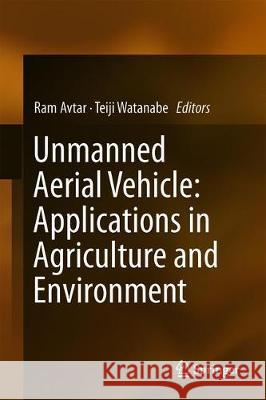Unmanned Aerial Vehicle: Applications in Agriculture and Environment » książka
topmenu
Unmanned Aerial Vehicle: Applications in Agriculture and Environment
ISBN-13: 9783030271565 / Angielski / Twarda / 2019 / 199 str.
Unmanned Aerial Vehicle: Applications in Agriculture and Environment
ISBN-13: 9783030271565 / Angielski / Twarda / 2019 / 199 str.
cena 563,56
(netto: 536,72 VAT: 5%)
Najniższa cena z 30 dni: 539,74
(netto: 536,72 VAT: 5%)
Najniższa cena z 30 dni: 539,74
Termin realizacji zamówienia:
ok. 22 dni roboczych.
ok. 22 dni roboczych.
Darmowa dostawa!
Kategorie:
Kategorie BISAC:
Wydawca:
Springer
Język:
Angielski
ISBN-13:
9783030271565
Rok wydania:
2019
Dostępne języki:
Ilość stron:
199
Oprawa:
Twarda











